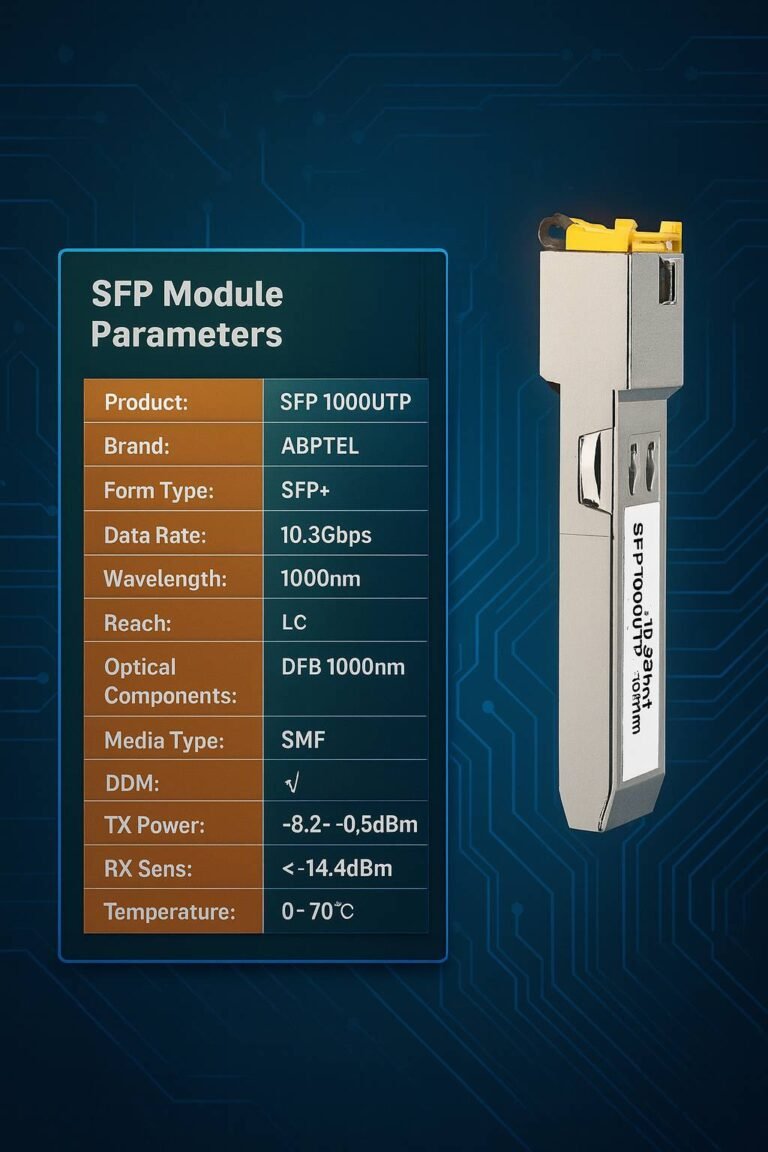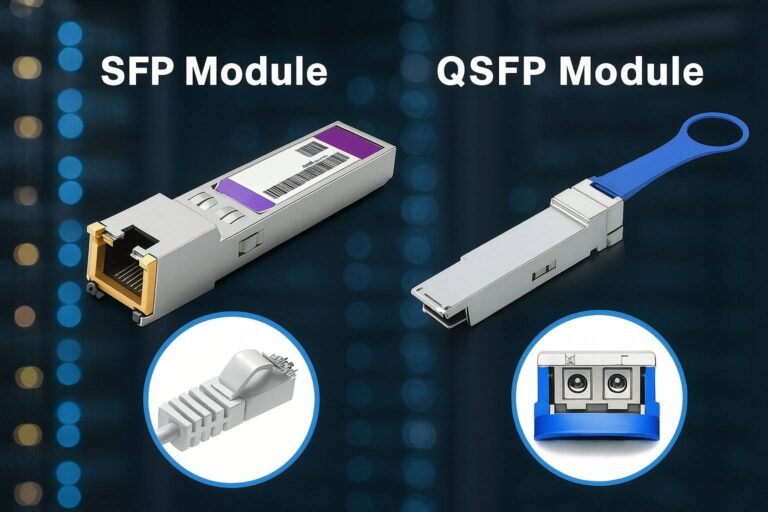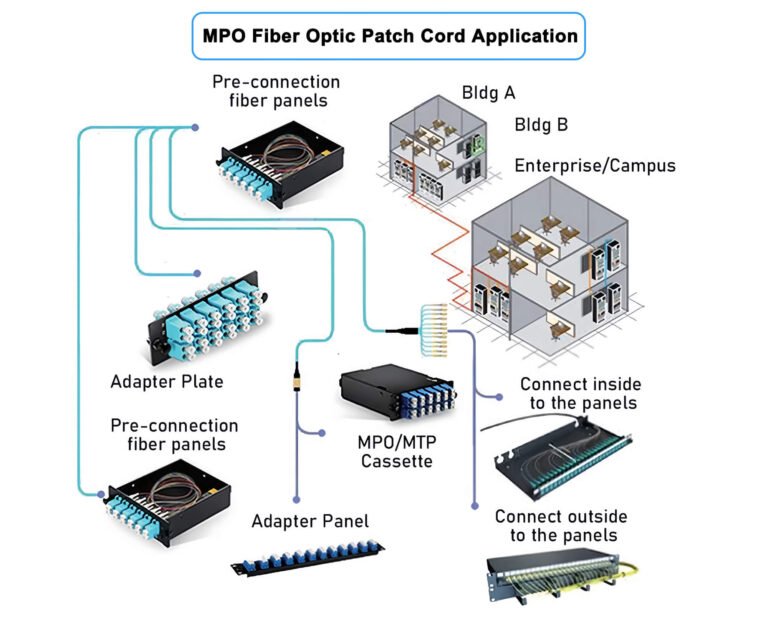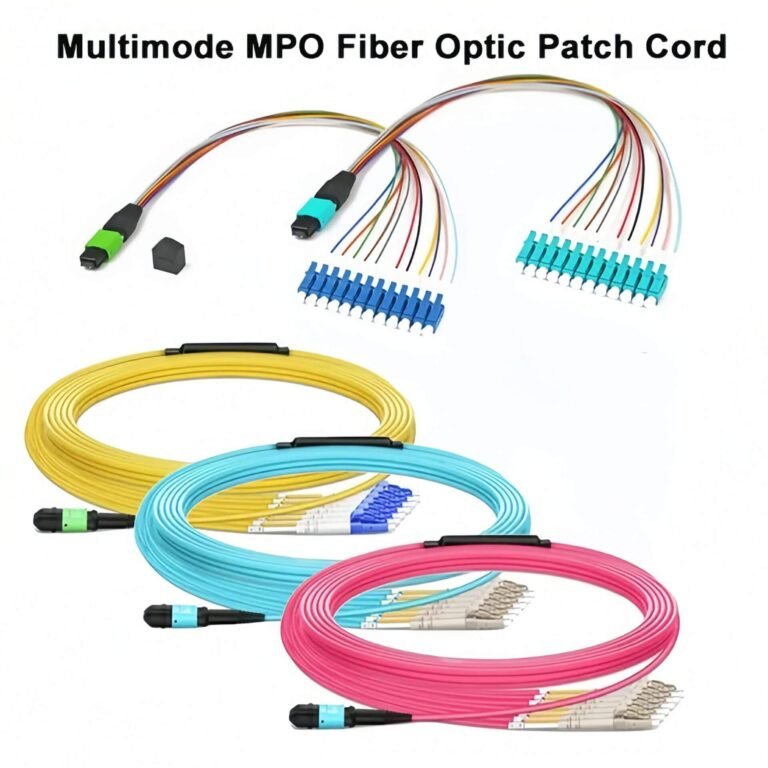How Do OPGW Cables Compare to ACSR Cables?
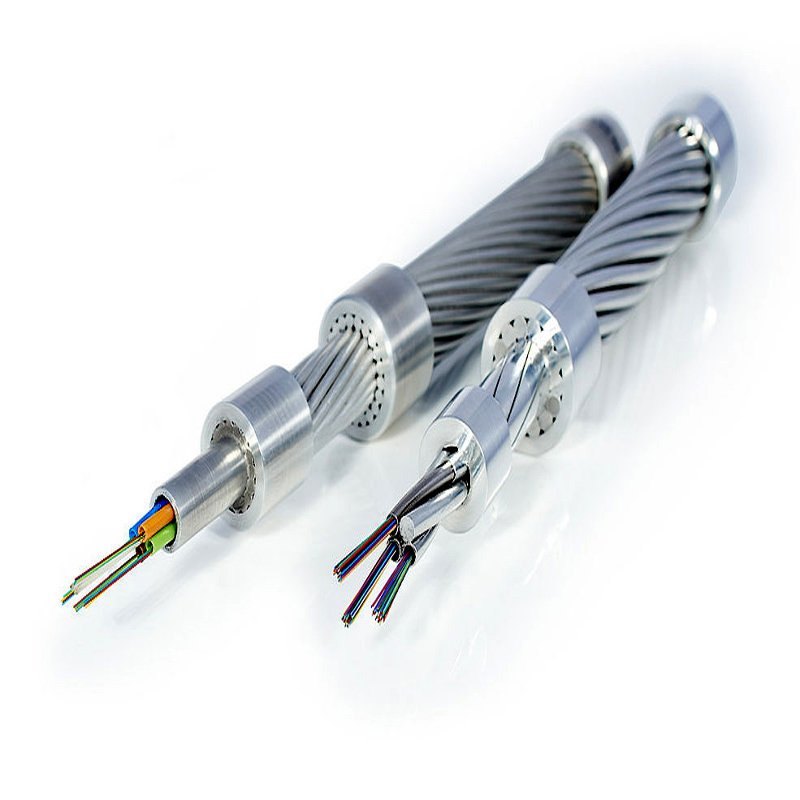
Optical Ground Wire (OPGW) and Aluminium-Conductor Steel-Reinforced (ACSR) cables[^1] are critical components in the telecommunications and power transmission industries. However, choosing between them can be challenging due to their distinct functionalities and benefits. Understanding these differences is crucial for making informed decisions.
OPGW cables integrate grounding and high-speed data transmission capabilities, while ACSR cables primarily serve for shielding power lines. OPGW cables contain optical fibers for communication, making them suitable for smart grid technologies, whereas ACSR cables are limited to traditional grounding purposes.
In the journey of evolving technology and infrastructure, the choice between OPGW and ACSR cables reflects a broader discussion of modern needs versus traditional practices. This article delves into the specifics of each cable type, spotlighting their unique roles and potential in today’s growing industries.
What Are the Primary Functions of OPGW and ACSR Cables?
When deciding between OPGW and ACSR cables, it's essential to understand their primary functions. Both cable types are used in overhead power transmission lines but serve different purposes.
ACSR cables are primarily used for grounding and shielding power transmission lines from lightning strikes. In contrast, OPGW cables not only provide grounding but also include optical fibers for high-speed data transmission, merging electrical and communication functions.
Understanding ACSR Cables
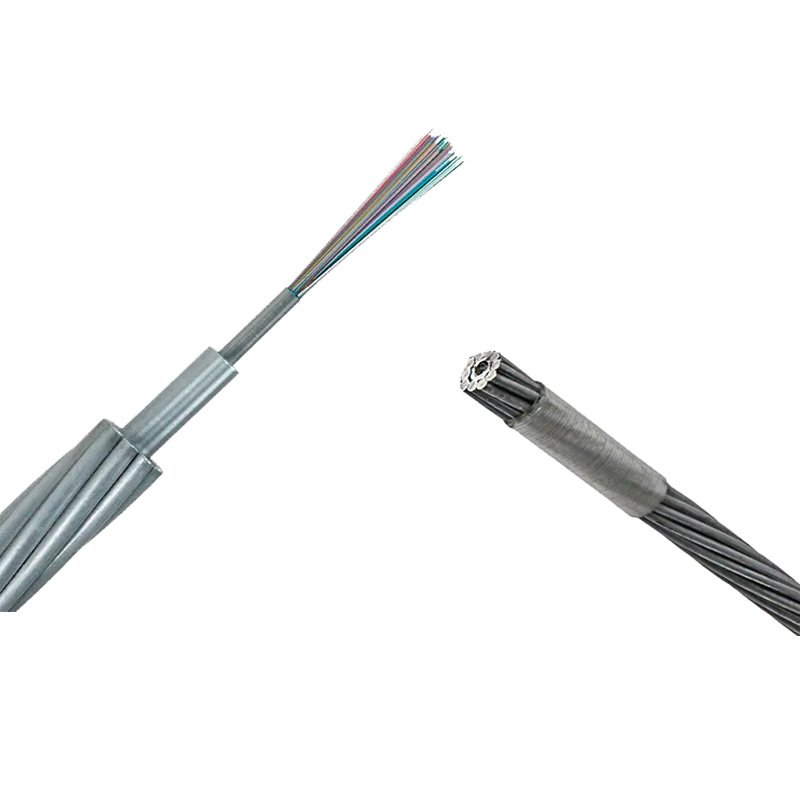
ACSR cables, made of aluminum and steel strands, are traditional ground wires. These cables are primarily designed to shield overhead power lines from lightning strikes and provide a path to the ground. Their construction focuses on mechanical strength and electrical conductivity.
Exploring OPGW Cables
OPGW cables, on the other hand, are multifunctional. In addition to grounding, they contain optical fibers suitable for high-speed data transmission. This dual-purpose design is crucial for integrating telecommunications into power infrastructure, supporting smart grids and real-time monitoring.
| Feature | ACSR | OPGW |
|---|---|---|
| Grounding Capability | Yes | Yes |
| Data Transmission | No | Yes |
| Construction Material | Aluminum and Steel Strands | Aluminum, Steel, and Optical Fibers |
How Do OPGW and ACSR Cables Differ in Construction?
The construction of OPGW and ACSR cables significantly impacts their applications and performance. Understanding these differences aids in selecting the right cable for specific needs.
ACSR cables are constructed with aluminum and steel strands for durability and conductivity. In contrast, OPGW cables feature a central tubular structure containing optical fibers, surrounded by protective layers of aluminum and steel.
Delving into ACSR Construction
ACSR cables are renowned for their robust construction. They consist of steel-reinforced aluminum strands, providing the necessary mechanical strength to withstand environmental stresses such as wind and ice, while conducting electricity efficiently.
Analyzing OPGW Construction
OPGW cables are more complex. Their central tubular structure houses one or more optical fibers, surrounded by layers of steel and aluminum wires. This design ensures the protection of optical fibers, allowing for efficient data transmission alongside traditional grounding.
What Are the Performance and Durability Aspects of These Cables?
Performance and durability are critical considerations when selecting between OPGW and ACSR cables. Each cable type offers distinct advantages based on its design and intended use.
ACSR cables are robust and effective for grounding and shielding. Meanwhile, OPGW cables are designed to endure mechanical stresses and electrical faults without damaging the optical fibers, supporting both electrical and communication needs.
Evaluating ACSR Performance
ACSR cables excel in providing robust grounding and shielding. Their aluminum and steel construction ensures they can withstand harsh environmental conditions, though they lack data transmission capabilities.
Assessing OPGW Durability
OPGW cables are engineered to withstand mechanical stresses like wind and ice, and electrical faults. The optical fibers within are protected against damage, ensuring consistent high-speed data transmission alongside traditional grounding functions.
How Do Installation and Compatibility Differ Between OPGW and ACSR Cables?
Installation and compatibility are crucial for integrating cables into existing infrastructure. Both OPGW and ACSR cables offer unique benefits in these areas.
ACSR cables are widely used and easily installed in traditional overhead transmission lines. OPGW cables, with similar diameter and weight, can replace ACSR cables without disrupting power transmission, offering added communication benefits.
Installing ACSR Cables
ACSR cables are a staple in power transmission, known for their straightforward installation process. Their compatibility with traditional infrastructure makes them a popular choice for grounding and shielding.
Integrating OPGW Cables
OPGW cables are designed for seamless integration. Their similar diameter and weight allow for easy substitution in existing setups, providing both grounding and data transmission without interrupting power services. This feature is especially beneficial for live-line working techniques.
What Are the Communication Capabilities of OPGW Cables Compared to ACSR Cables?
Communication capabilities are a defining feature of OPGW cables. Understanding these capabilities highlights their advantages over ACSR cables.
OPGW cables contain single-mode optical fibers, enabling high-speed data transmission over long distances. In contrast, ACSR cables lack inherent communication capabilities, focusing solely on grounding.
Communication Potential of OPGW
OPGW cables are equipped with optical fibers, facilitating high-speed data transmission. This feature supports voice, video, and data services, offering a comprehensive solution for modern telecommunications needs within power infrastructure.
How Do Environmental and Cost Considerations Affect the Choice Between OPGW and ACSR Cables?
Cost and environmental impact are significant factors influencing the choice between OPGW and ACSR cables. Each cable offers distinct advantages in these areas.
OPGW cables offer lower installation costs per kilometer compared to buried optical fibers, with protection from excavation damage. ACSR cables offer no specific cost or environmental advantages beyond grounding.
Cost and Environmental Factors for ACSR
ACSR cables are traditional and cost-effective for grounding. However, they do not provide additional environmental or cost benefits beyond their primary function.
Evaluating OPGW Advantages
OPGW cables are economically advantageous, especially when compared to buried optical fibers. Their overhead installation protects them from excavation damage, road repairs, and buried pipeline installations, reducing long-term maintenance costs.
Conclusion
In summary, the choice between OPGW and ACSR cables hinges on specific needs and applications. ACSR cables provide reliable grounding and shielding, ideal for traditional power transmission setups. Meanwhile, OPGW cables offer a dual-purpose solution with grounding and high-speed data transmission capabilities, making them suitable for modern telecommunications and smart grid technologies. Understanding these differences empowers engineers and product managers to make informed decisions, optimizing infrastructure for future growth and innovation.
[1]:Details on ACSR cables, including their structure and primary use in power transmission systems.

